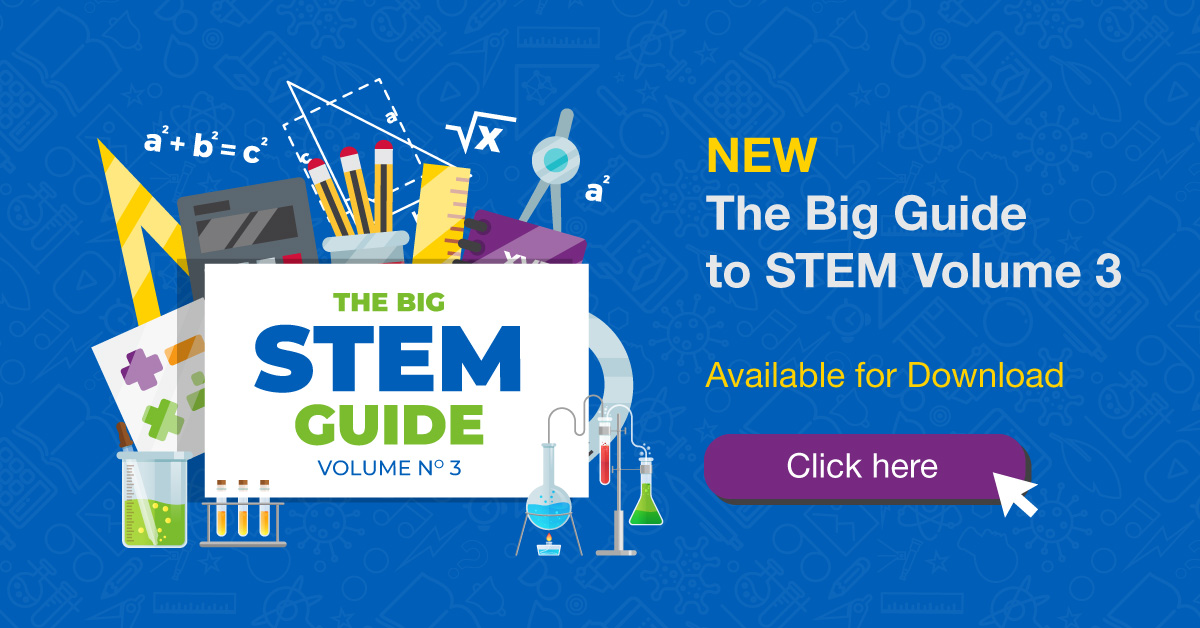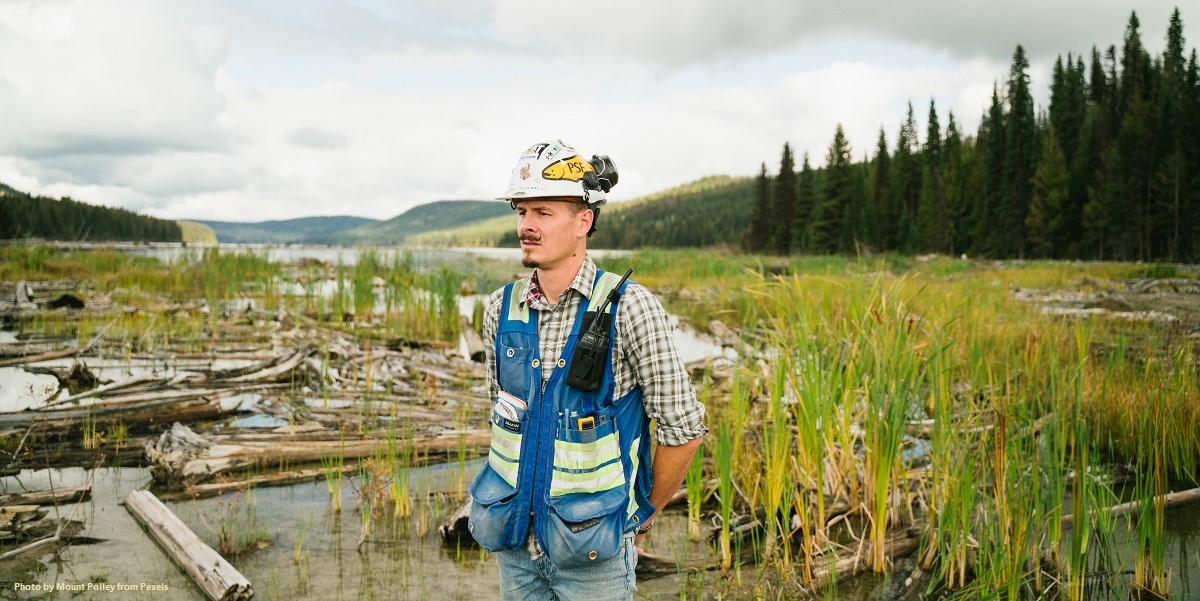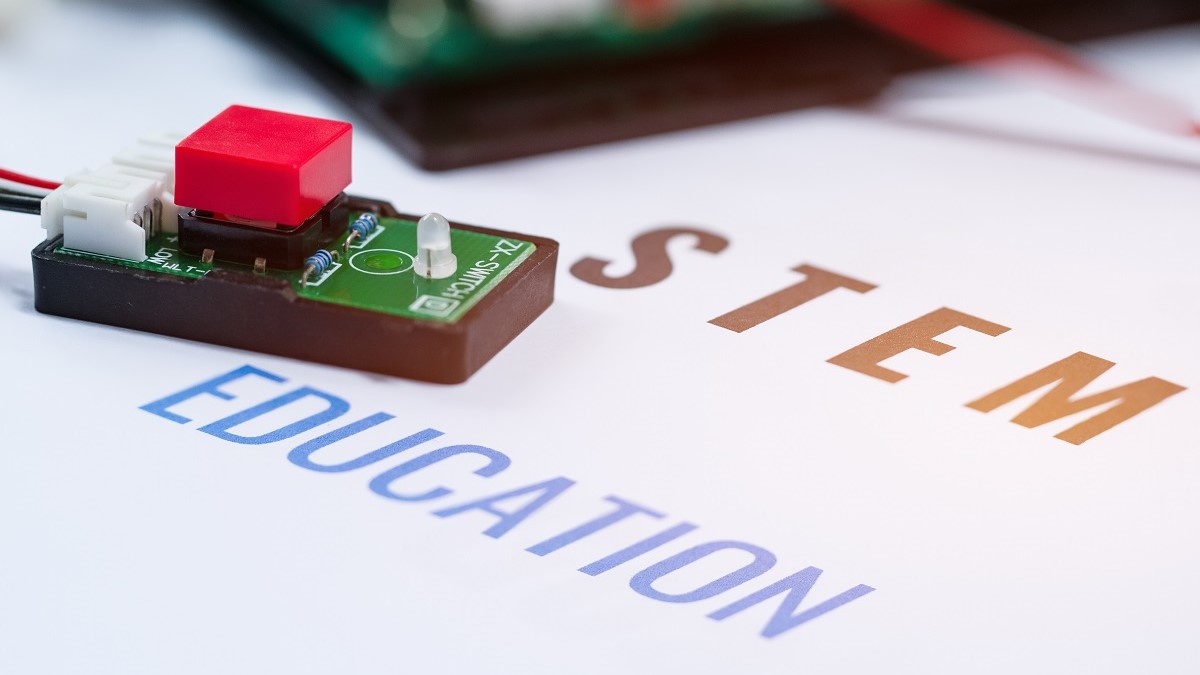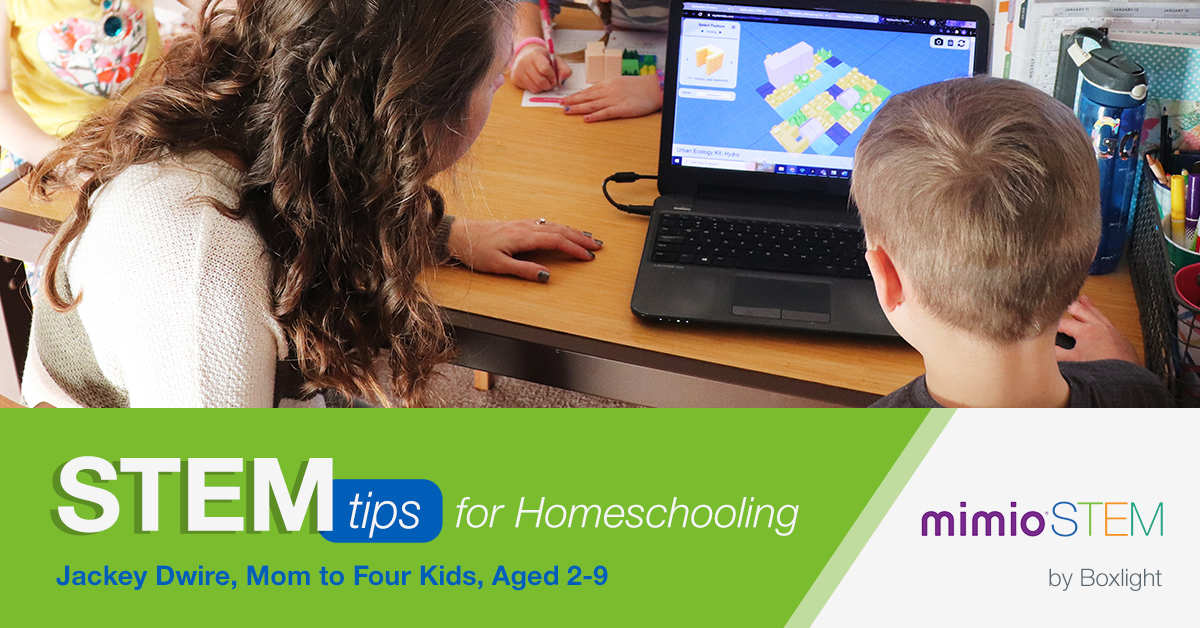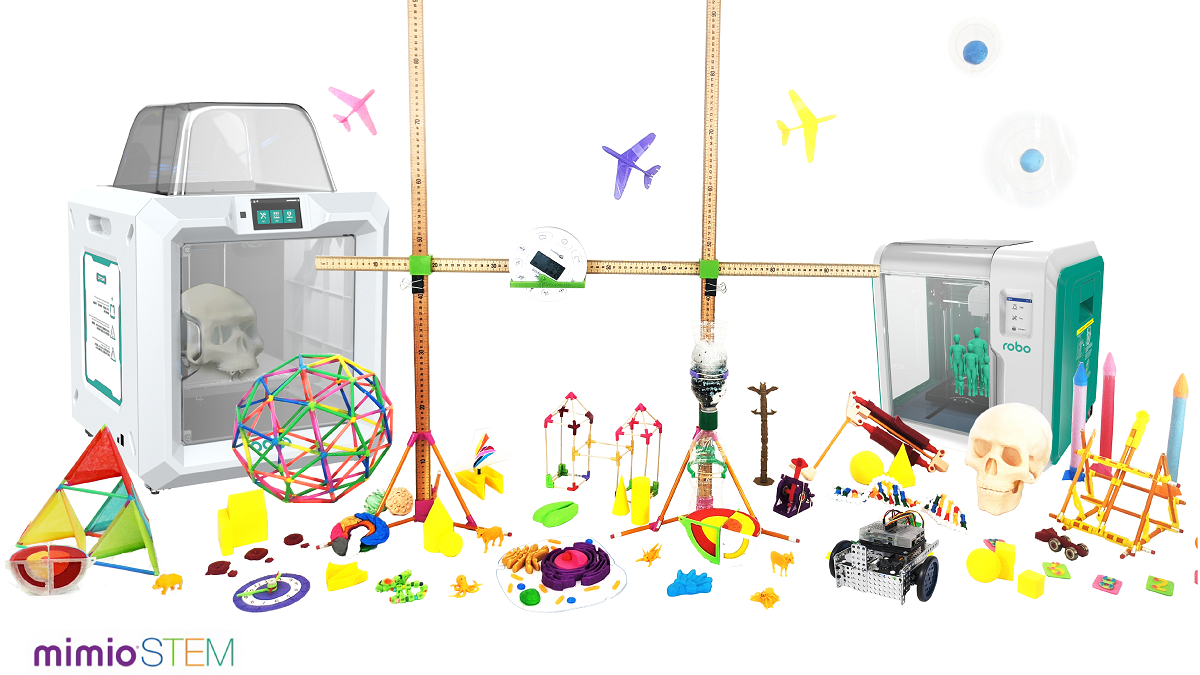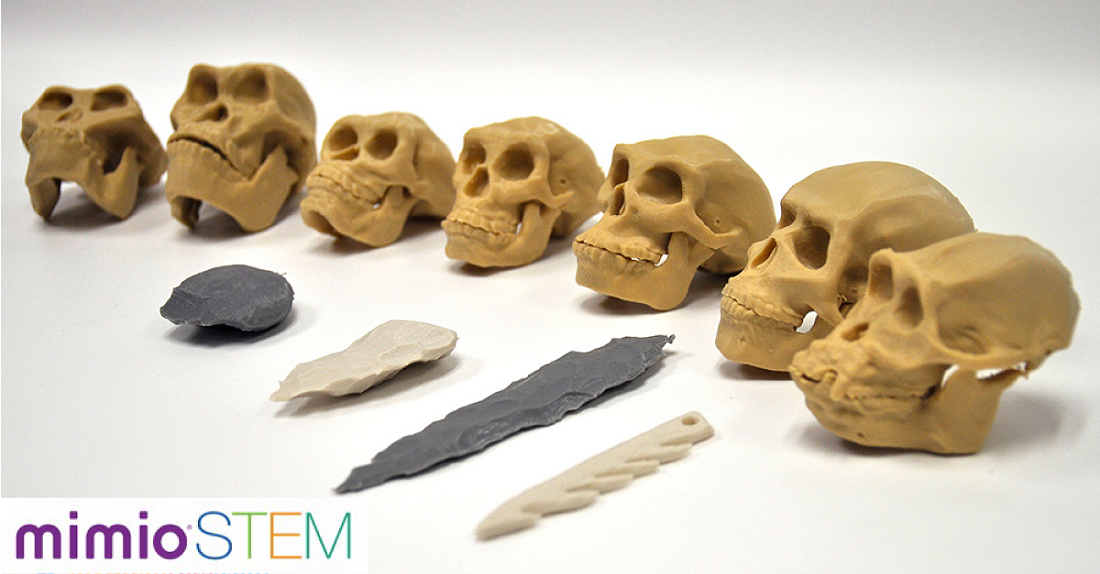It has become obvious that the inclusion of STEM – science, technology, engineering, mathematics - in a well-balanced instructional plan is critical. With the growing need for STEM-educated individuals to fill STEM jobs, students in schools today need the skills necessary for these jobs. This includes critical thinking and reasoning skills, collaboration and communication skills, and developing creative solutions to problems. Students clearly need consistent and varied STEM learning experiences.
Since the shift to remote learning due to pandemic-related school closures, the focus on science has suffered in comparison to the focus on core subjects such as math and language arts. While some students benefited from the increased flexibility of remote learning, others needed more hands-on investigations. As more schools are opening to in-person learning, the need to incorporate STEM is essential. Why? Research has shown that the call for STEM-related jobs has grown much faster, as much as three times more, than the call for other jobs. The investment of time and resources in STEM instruction now is an investment in the STEM workforce.
Topics: STEM Lessons, STEM, STEAM
Hannah Olson, Co-Creator of the award-winning MyStemKits STEM Curriculum, recently spoke with Larry Jacobs from American Consortium for Equity in Education (ace-ed.org) on the topic of STEM education and careers, focusing on encouraging young women to explore what STEM has to offer.
Topics: STEM, STEM education, Podcast, Women in STEM, Girls in STEM
Computer Support Specialists usually work in an organization’s Information Technology (IT) department. They assist the staff and customers with analyzing, troubleshooting, and evaluating computer and network problems.
Topics: STEM, STEM education
March 18th is Global Recycling Day and this year’s theme is ‘Recycling Heroes’ to recognize those who demonstrate the critical role that recycling plays. This includes what these recycling heroes do to help keep the environment clean and balanced. By recycling, we help decrease the need for collecting and processing non-renewable resources like coal and oil, and raw materials like trees. All these activities contribute to the pollution of our air and water, as well as increase greenhouse gas emissions thus affecting the climate. Recycling saves energy and reduces the hazardous effects of greenhouse gases such as the continued rise of global temperatures, melting ice caps, and the increased danger of wildfires. Really, we all could be recycling heroes by the actions we take. Here are activities to try with your class, even in a hybrid learning environment:
Topics: STEM Lessons, STEM, climate change
4 Homeschooling Tips to Successfully Integrate Hands-On STEM Learning
Topics: STEM Lessons, STEM, homeschooling
Topics: Case Studies, STEM, Robo3D
Topics: STEM, STEAM, steam education, STEM education, Women in STEM, Girls in STEM
Bob Wallace, a now retired high school biology teacher in Crawfordville, Florida, was resolute in his goal that his students graduate with a full range of academic skill sets and technical knowledge that would prepare them for a successful future. In his over 30 years of teaching, he found that textbooks alone could rarely explain important concepts that kept his students engaged and employed a variety of strategies to explain difficult science concepts to his students. He was consistently on the lookout for options that would keep his students engaged. He stated, “Over the years, I’ve used a lot of different things. I have done drawings on boards, still magnets, and I’ve used beads – the beads go bouncing all over the place and you end up losing all of them.”
Topics: STEM Lessons, Case Studies, STEM, MyStemKits

